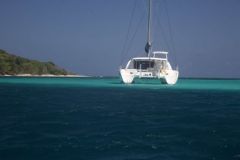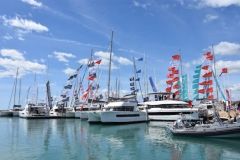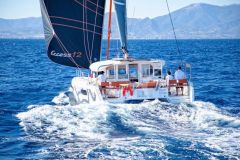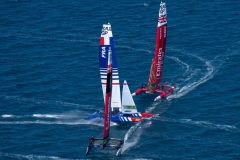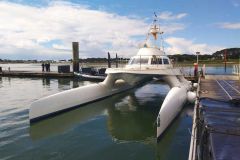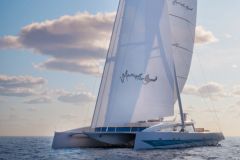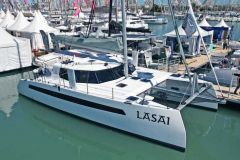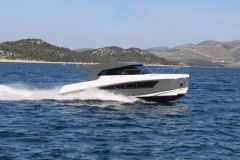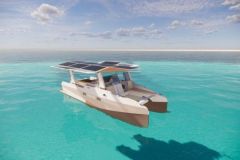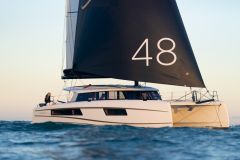Although the multihull market is mainly driven by the sailing sector, the motor sector is developing more and more. Many shipyards offer a range of sailing and motor catamarans: Aventura Catamarans, Privilège Marine, Nautitech, Lagoon and Fountaine Pajot. Even the trimaran is motorized, since the Rochelais shipyard Neel has launched a motorized range on three hulls, Leen.
But how does it work from an architectural point of view? Can we reuse a sailboat hull to transform it into a motorboat?
Take into account the target speed of the boat for the hull design
"From a design point of view, the hull of a motor boat is optimized according to the average speed to be reached. A sailing catamaran, depending on the wind, goes faster or slower, but always at a reasonable cruising speed, explains naval architect Marc Lombard.
Thus, it is possible to reuse a sailing catamaran hull to create a motor catamaran, as long as it has to sail at moderate speeds, without consuming too much power.
"For a 15 m motor catamaran sailing at 12 or 15 knots, the hull of the sailboat is generally well adapted. It will still be necessary to adapt the shape to make up for the lack of volume at the stern. On a powerboat, the center of gravity moves back a lot with the weight of the engines."
This is not at all the same thing if you are looking to achieve speeds in excess of 20 knots. The hull must be specifically designed for the boat's target speed and therefore not come from the same hull molds as a sailboat.
"At 25 knots, it's not the same hull shape at all. A sailboat hull, even if you adapt it, will not be suitable. It will drag a lot, the consumption will be too high, the boat will start to pitch up. In the same way, if a boat is designed to sail at 25 knots, its hull shape will not be adapted to much lower speeds. You have to choose the speed range when you design a hull. It all depends on the boat's program."
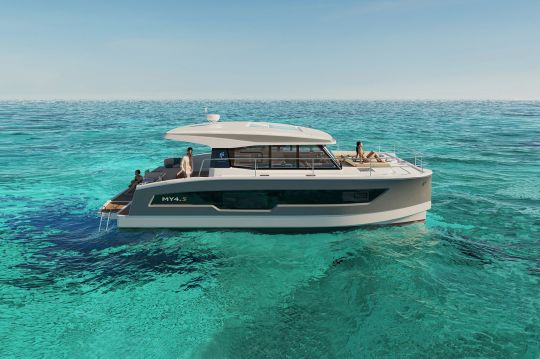
Structural changes to be expected
A sailing catamaran can therefore easily be transformed into a motor catamaran as long as it sails at moderate speeds, and by undergoing modifications to the rear of the hull. This is a choice made by several multihull builders, such as Privilège Marine, Nautitech or Lagoon. For a catamaran with a powerful engine, it will be necessary to design a new structure, to increase the resistance.
"On a power catamaran, there is no rigging stress or platform twisting. It's easier to structure than a sailing boat. On the other hand, on a fast boat, beyond 25 knots, the impact of waves is more important. So you need more solidity in the planks. We work a lot with dynamic simulations to study the pressure and the rebound on the waves. It's not the same kind of structure if the boat is going fast."






